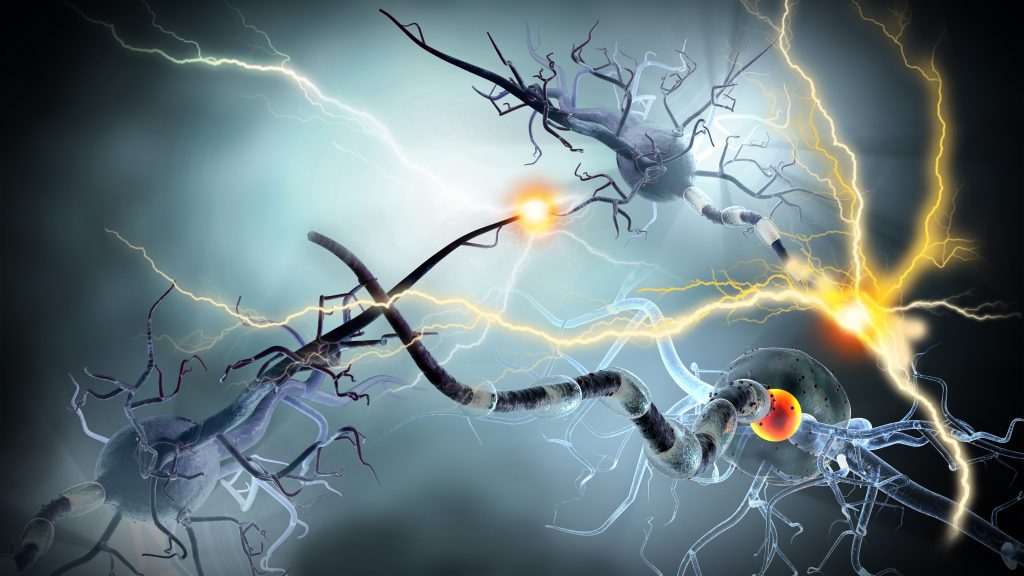
By: Patricia Penovich, MD, EFMN Professional Advisory Board Member
Patients, caregivers, and professionals use many terms to convey what they mean when they talk about a period of increased seizure frequency. The term now being used is Cluster Seizures or Acute Repetitive Seizures. I am going to use the term cluster seizures in this article. Other terms used in the past that all referred to the same thing were serial seizures, crescendo seizures, seizure flurries, recurrent seizures, or cyclical seizures. They all mean that there is a pattern of increased seizure frequency or severity which is recognizable to the person/caregiver and which is not their usual seizure pattern.
Typically health care professionals used these terms to describe more than 2-3 seizures in 24 hours, or in some studies in 6-8 hours. Patients may identify different time periods that they recognize as specific to themselves. On the other hand, there are some patients who may only experience all their seizures in a cluster. An example of this is a woman who only has her seizures in the few days around her menses. Cluster seizures are more likely to occur in patients who have more difficulty to control seizures or refractory epilepsy which is defined as having failed more than 2 seizure medications. Cluster seizures may happen in patients with rare seizures as well. Cluster seizures occur more often in patients with focal epilepsy but can occur in generalized epilepsy as well.
Perhaps as many as 20-30% of patients in specialized epilepsy centers show this pattern of increased seizures at some time. Studies using patient diaries have shown as high as 47% of patients reporting groups or clusters of 3 or more seizures in a 24 hour period. Cluster seizures may happen in children but also occur in adults more than 60 years old who have new-onset seizures. Clusters may happen rarely or may occur frequently. Patients and caregivers may recognize triggers for clusters: sleep deprivation, stress, missing medications, illness with fever, using alcohol or other nonmedical drugs. There is no identifiable trigger in about 30% of people. The exact reason that clusters of seizures occur is not clear but may be related to a failure of inhibition of the epileptic discharge in the brain which may happen for multiple reasons.
It is important to recognize the pattern of cluster seizures and to treat it. Cluster seizures have been associated with an evolution into status epilepticus. In one reported study, status epilepticus occurred more frequently in persons with clusters than in people without clusters (40% versus 12%). Patients with clusters have been shown to have higher death rates, and the occurrence of frequent seizures in short periods of time is associated with an increased incidence of post-ictal psychosis. People with clusters are more frequently transported to emergency rooms and have more hospital admissions. Thus there are multiple reasons to stop or shorten a period of cluster seizures.
Having a Seizure Emergency Plan or Seizure Action Plan is a key step to improving a person’s and their caregivers’ sense of control and safety and to decrease the uncertainty during a time of high stress when seizures are occurring. A plan provides a “What to do and when to do it” that includes first aid and possible use of rescue medication. A Seizure Action Plan is developed with the health care provider and the patient and/or caregiver. It should outline the particular actions to take when seizures occur and when to possibly intervene with a medication. For instance, one example of a plan may state: “Place the patient in a safe place or position and give the designated rescue medication if there have been more than 2-3 seizures in 24 hours or if a seizure lasts longer than 5 minutes. Call 911 if injury, cyanosis, or continued seizure longer than 10 minutes.”
Use of a medication that may stop or prevent the evolution of cluster seizures at home, school, or work may prevent transport to emergency rooms and admission. Seizures in these settings cause significant additional stress for the patient, family, and caregivers. Thus, the ability to treat them helps decrease worry. Having a rescue medication available at home offers peace of mind and provides a self-management tool and a degree of personal control. For parents, it may provide confidence in leaving children with caregivers or permitting activities outside the home such as school and afterschool activities, or enabling family trips away from home.
There has been increased effort in research studies to define clusters more consistently in order to systematically evaluate medications that may interrupt or stop a cluster. These randomized and controlled studies which are carried out in a clearly defined population and circumstances are required to prove that these medications were safe and effective. The FDA grants approval only if the data shows that the medications are safe and effective in these circumstances. These medications are not daily medications but are “rescue” medications used only intermittently in specific circumstances, that is repeated seizures and clusters.
The first medication to be approved for use as a rescue medication was rectal diazepam (rectal valium) approved in 1997. It proved to be a useful therapeutic agent in children but due to its rectal administration is not convenient or acceptable to many older children and adults. Other agents and/or other formulations that are acceptable to older individuals and which are convenient and reliable were needed. There were clinical reports of small numbers of patients and a few investigative studies with intramuscular injections of midazolam or diazepam, oral diazepam or lorazepam, sublingual lorazepam, clonazepam tablets. There were continued limitations in these treatment options as well: the medication’s ability to rapidly enter the bloodstream in order to be available for transport into the brain as well as patient/caregiver concern and comfort in administering the medication.
In November 2019, a nasal spray formulation of midazolam (Nayzilam) was approved and is presently available. A nasal spray formulation of diazepam, (Valtoco) is expected to be FDA approved imminently. Other formulations are also under investigation at this time.
Every person/caregiver should discuss with their health care professional the need for a Seizure Emergency or Action Plan which takes into consideration their individual type of seizure, their safety, and the need for rescue treatment. In addition to promoting safety, prompt treatment of cluster seizures will decrease unwelcome outcomes such as costly emergency transport and hospital admissions. Patients, families and caregivers will have yet another way to improve control over seizures in their journey with epilepsy.
